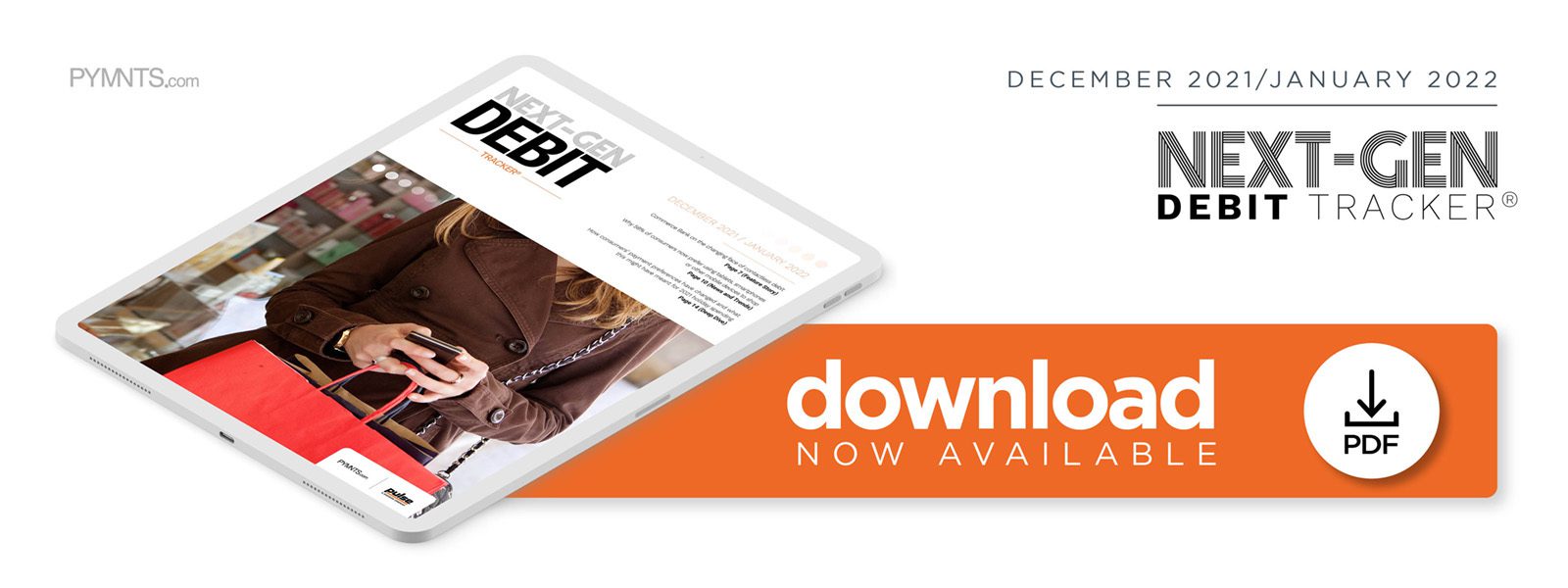Commerce Bank on the Changing Face of Contactless Debit

As more debit card users embrace mobile wallets, banks and issuers must be on their toes to support and safeguard these new payment experiences. In the Next-Gen Debit Tracker, Commerce Bank’s Angela Finn says as much as contactless debit tools have enduring appeal, financial institutions still must adjust their processing, customer service and anti-fraud approaches with these emerging payments methods in mind.
The events of the past two years have shown that circumstances can change overnight, including the established ways in which consumers shop and pay for purchases. Credit cards, a long-standing top payment method, lost ground in 2020 as consumers sought alternatives that would allow them to make purchases without incurring hidden charges or getting into debt.
This rapid transformation has posed both challenges and opportunities for financial institutions (FIs) that issue credit and debit card products. The recent holiday shopping season saw a resurgence of credit card use, but as both health and economic factors continue to evolve, debit payment methods — especially contactless options — remain poised to overtake credit cards as shoppers’ go-to choice.
“Rarely do trends that produce clear efficiency and convenience gains reverse course,” explained Angela Finn, senior vice president and group product manager of debit and prepaid card products at Kansas City, Missouri-based Commerce Bank.
Still, Finn told PYMNTS in a recent interview that she is prepared for more changes to come.
“I think consumer spending behavior will be fluid for some time,” she said. “If the supply chain challenges and labor shortages persist, both merchants and consumers will continue to flex their solutions and behavior accordingly, and the impact of the COVID-19 variants on public health and safety will drive that to a large extent.”
A Change in the Air
Finn said that although many people limited their in-person shopping and travel in 2020 due to the pandemic, shoppers felt it was safer to venture out in 2021, and this explained why Commerce Bank saw an uptick in card-present spending this holiday season.
At the same time, however, many consumers continued to rely on the eCommerce and mobile shopping habits they adopted during the pandemic — and some of the major spending trends noticed over the last two years, including the growth of online and contactless spending, do not seem to be reverting.
“It’s hard to say which trends will stick, but new payment acceptance options that deliver value to both merchants and cardholders, such as mobile app solutions and token/contactless acceptance, have the best shot at becoming permanent,” she said.
Finn also said that while the company’s credit and debit products both fared well during the 2021 holiday season, it is difficult to predict where consumer behavior will take the industry as the pandemic continues.
Shoppers who experienced delivery delays or supply chain issues last year may have placed eCommerce orders earlier than usual to allow adequate time to receive their goods, she said. This could explain the more robust shopping season this year, and the rising cost of goods may also be factoring into consumers’ choice of payment method.
Forecasting Payment Trends
Finn anticipates that card-not-present (CNP) growth will have the biggest impact on the company’s debit card program in the coming years, and the trend will prompt FIs to reimagine the products they offer.
“From an issuer perspective, continued growth in CNP transactions will have broad implications for processing costs, customer service and fraud prevention models,” she said.
Finn explained that despite growing use of contactless payment technologies such as mobile wallets and CNP payments, a certain demographic still prefers cards and may be slow to adopt new technologies. As such, FIs need to pay attention to consumer trends and adopt new technologies with an eye on the future while still catering to those who prefer more traditional payment methods.
“Having the physical card to complete a purchase at the point of sale is still very important to our customers and is a big reason why we were one of the first banks to issue contactless-capable debit cards,” she explained. “Our customers have rapidly adopted the tap-to-pay feature.”
Pivoting swiftly to adapt to a changing landscape is never easy, but one prediction seems certain: Thriving on change in the payments world could soon become banks’ greatest asset.
